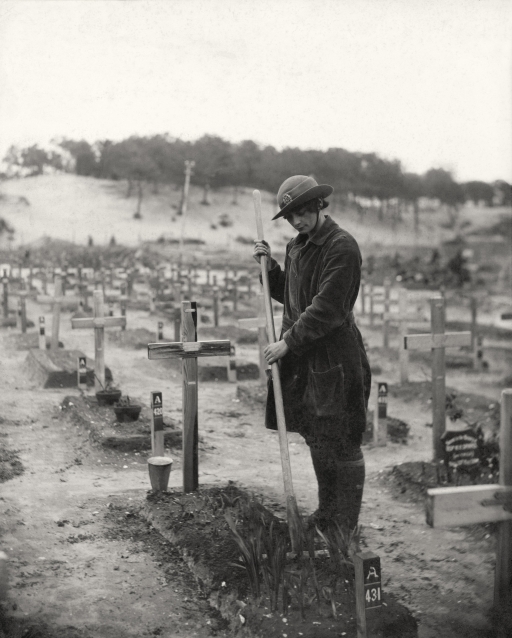A century on from the Great War, and almost 70 years after the end of the Second World War, the work of identifying the “forgotten” casualties of both conflicts is being pursued in a quiet corner of the fashionable London district of Chelsea.
The National Army Museum has employed two expert researchers to help investigate cases of soldiers and officers who’re not currently commemorated among the fallen of the two World Wars.
They will be working in partnership with the Commonwealth War Graves Commission and the British Army.
The project, to run initially until 2016, forms part of the Museum’s extensive First World War commemoration programme.
Its Assistant Director, David Bownes, said: “Restoring honour to the casualties of the World Wars is a deserving enterprise and one that the National Army Museum’s experts are well-equipped to investigate and substantiate.”
Stream of claims
Every year, the Army receives a steady stream of claims from descendants and others who believe their loved ones’ names should be recognised.
The missing names for the most part relate to troops who died of their injuries away from the battlefield, many of them while they were still serving. But casualties who were discharged as unfit because of their injuries and subsequently died may also be eligible for commemoration.
The task of investigating and verifying claims was previously carried out by the Army. But from January 2014, the new team at the National Army Museum will be working with the Commonwealth War Graves Commission, as well as the Army, to establish an individual’s eligibility for official recognition.
The Museum’s Head of Academic Access, Dr. Alastair Massie, told Centenary News: “The two war grave adjudicators that we have appointed both have postgraduate degrees and so are trained to undertake research.
“One previously worked at the Commonwealth War Graves Commission and the other has written a book containing the biographies of over a thousand men from his home town who served in the First World War, over 200 of whom died.
“They are currently analysing some 300 cases to establish whether an instance of non-commemoration has occurred.”
Qualifying dates
A person is entitled to commemoration if their death can be attributed to military service in either of the World Wars. The qualifying dates and criteria are as follows:
* First World War 4th August 1914 – 31st August 1921.
* Second World War 3rd September 1939 – 31st December 1947.
*Military personnel who died on active service, whatever the cause or circumstance, are normally accepted.
It’s acknowledged that a degree of judgement has to be used in cases of those who died after being discharged from the forces.
As a rule, individuals who died of causes associated with the reason for their discharge are accepted for commemoration. War pension records provide the initial source for confirming this.
But the war grave adjudicators are also able to seek professional medical advice to decide whether the cause of death stated on a death certificate could be attributable to an individual’s military service.
This is how the decision-making process will now be shared:
The first stage: All enquiries regarding commemoration in the first instance should be made to the Commonwealth War Graves Commission, 2 Marlow Road, Maidenhead, Berkshire SL6 7DX, or email commemorations@cwgc.org.
If grounds for further investigation are found, the case will be sent to the National Army Museum.
The second stage: The National Army Museum will act as adjudicator, tasked with researching individual cases to corroborate whether death resulted from wartime service.
The Museum’s recommendations will then be sent to the Commonwealth War Graves Commission which will inform the enquirer of the outcome. The Museum is unable to enter into correspondence with members of the public about individual cases.
The last stage: In the event of an appeal, the Army will make the final decision.
All three organisations say they’re committed to ensuring that the courage and sacrifice of soldiers and officers who died as a result serving in the First or Second World Wars are not forgotten.
Source: The National Army Museum
Date of press release publication: 8th January 2014
Images courtesy of The National Army Museum
Posted by: Peter Alhadeff, Centenary News
